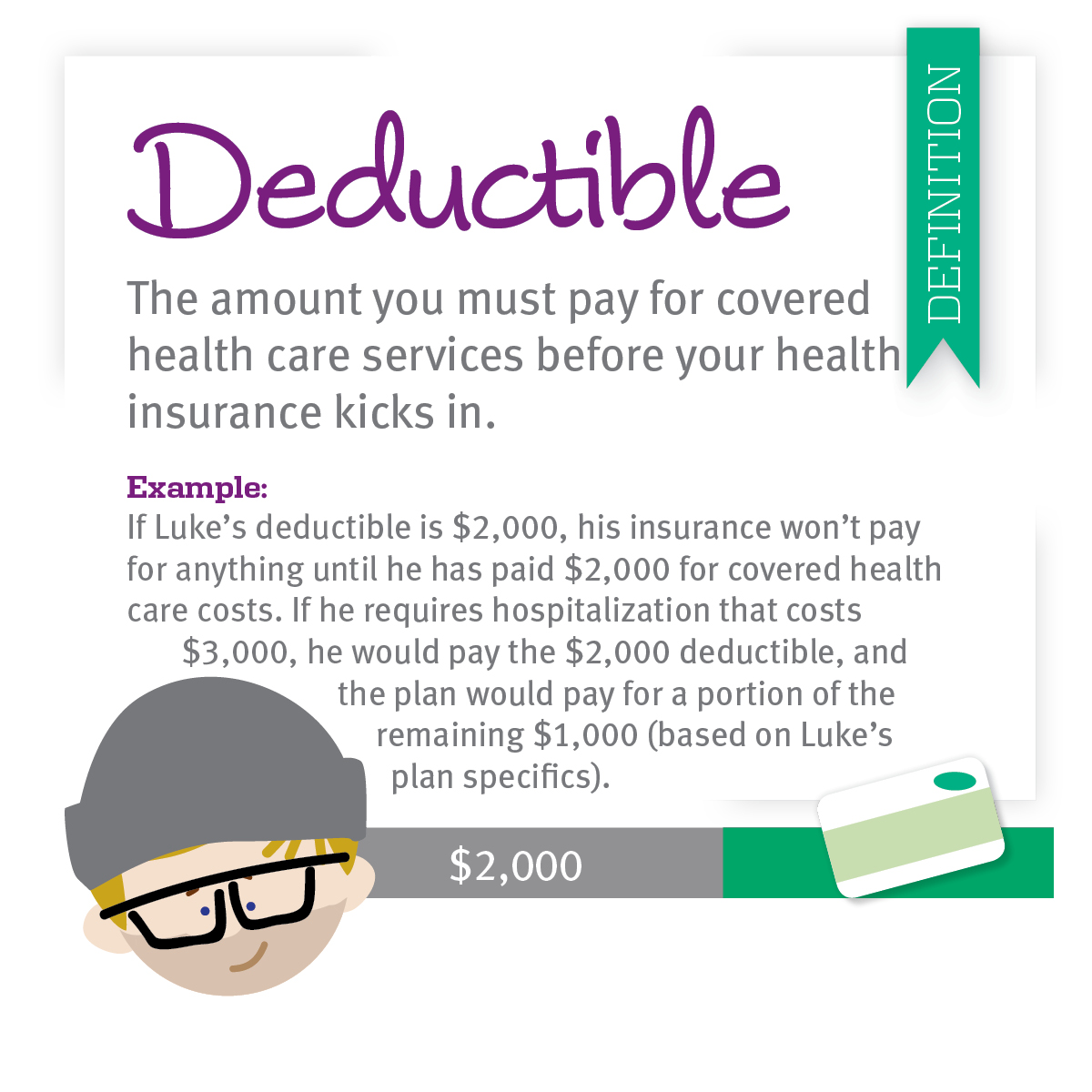A life insurance coverage policy is a contract with an insurance provider. In exchange for premium payments, the insurance company provides a lump-sum payment, referred to as a survivor benefit, to recipients upon the insured's death. Usually, life insurance is picked based upon the needs and objectives of the owner. Term life insurance coverage usually provides protection for a set amount of time, while irreversible insurance coverage, such as entire and universal life, offers life time coverage.
1 There are numerous ranges of life insurance coverage. Some of the more common types are talked about listed below. Term life insurance is created to offer monetary protection for a specific time period, such as 10 or twenty years. With conventional term insurance, the superior payment quantity stays the same for the coverage period you pick.
Term life insurance is generally more economical than long-term life insurance coverage. Term life insurance coverage profits can be used to change lost potential income during working years. This can supply a safety web for your recipients and can also help make sure the family's financial goals will still be metgoals like settling a home loan, keeping a company running, and spending for college.
Universal life insurance is a kind of long-term life insurance developed to offer lifetime protection. Unlike whole life insurance coverage, universal life insurance coverage policies are versatile and might enable you to raise or decrease your premium payment or coverage amounts throughout your life time. Additionally, due to its lifetime coverage, universal life usually has higher premium payments than term.
Some Of How Life Insurance Works
Another typical usage is long term earnings replacement, where the requirement extends beyond working years. Some universal life insurance coverage product designs concentrate on providing both death advantage protection and building money worth while others concentrate on supplying guaranteed survivor benefit protection. Whole life insurance coverage is a type of long-term life insurance coverage developed to supply life time coverage.
Policy premium payments are normally fixed, and, unlike term, whole life has a money worth, which works as a cost savings part and may build up tax-deferred over time. Entire life can be used as an estate preparation tool to assist maintain the wealth you prepare to move to your recipients. Income replacement throughout working years Wealth transfer, earnings security and some styles focus on tax-deferred Check out here wealth build-up Wealth transfer, conservation and, tax-deferred wealth build-up Designed for a specific duration (normally a number of years) Versatile; usually, for a lifetime For a life time Usually less costly than permanent Usually more expensive than term Typically more costly than term Normally repaired Flexible Typically fixed Yes, normally income tax-free Yes, typically income tax-free Yes, generally earnings tax-free No No2 No No Yes Yes Yes, Fidelity Term Life Insurance Coverage3 Yes, Universal Life Insurance, mainly concentrated on survivor benefit security No, traditional Whole Life Insurance coverage is not presently provided Insurance providers utilize rate classes, or risk-related classifications, to determine your premium payments; these classifications do not, nevertheless, affect the length or quantity of protection.
Tobacco use, for example, would increase risk and, therefore cause your premium payment to be higher than that of someone who does not utilize tobacco.
Life insurance is a contract between an insurer and a policyholder in which the insurance provider guarantees payment of a death benefit to called beneficiaries when the insured dies. The insurance provider promises a survivor Click for more info benefit in exchange for premiums paid by the policyholder. Life insurance is a legally binding contract.
The 20-Second Trick For The Minimum Age At Which A Person Can Sign A Life Insurance Application Is
For a life insurance coverage policy to stay in force, the policyholder must pay a single premium up front or pay regular premiums in time. When the insured dies, the policy's called recipients will get the policy's face value, or survivor benefit. Term life insurance coverage policies end after a specific number of years.

A life insurance coverage policy is just as good as the financial http://devinuccz148.bravesites.com/entries/general/the-basic-principles-of-what-does-term-life-insurance-mean strength of the company that provides it. State warranty funds may pay claims if the company can't. Life insurance supplies monetary assistance to making it through dependents or other recipients after the death of a guaranteed (how to sell life insurance). Here are some examples of people who may require life insurance coverage: If a parent passes away, the loss of his or her earnings or caregiving abilities could create a financial difficulty.
For kids who need long-lasting care and will never be self-sufficient, life insurance coverage can make certain their requirements will be satisfied after their moms and dads pass away. The death advantage can be utilized to fund a unique needs trust that a fiduciary will handle for the adult child's benefit. how does whole life insurance work. Married or not, if the death of one adult would mean that the other could no longer manage loan payments, upkeep, and taxes on the residential or commercial property, life insurance coverage might be an excellent idea.
Lots of adult children compromise by taking time off work to care for a senior moms and dad who needs help. This aid might also include direct monetary support. Life insurance coverage can help reimburse the adult kid's expenses when the moms and dad dies. Young adults without dependents seldom require life insurance coverage, however if a parent will be on the hook for a child's financial obligation after his/her death, the child may desire to bring enough life insurance coverage to pay off that financial obligation.
What Does Which Of The Following Is True About Credit Life Insurance Mean?
A 20-something adult may purchase a policy even without having dependents if there is an expectation to have them in the future. Life insurance can offer funds to cover the taxes and keep the complete worth of the estate intact.' A little life insurance policy can offer funds to honor a liked one's passing.
Rather of picking between a pension payout that uses a spousal benefit and one that doesn't, pensioners can pick to accept their complete pension and use a few of the cash to buy life insurance coverage to benefit their partner. This method is called pension maximization. A life insurance coverage policy can has two main parts - a death benefit and a premium.
The death advantage or face value is the amount of cash the insurer ensures to the beneficiaries identified in the policy when the insured dies - how does life insurance work. The guaranteed might be a parent, and the beneficiaries may be their children, for instance. The insured will choose the preferred survivor benefit quantity based on the beneficiaries' estimated future requirements.
Premiums are the cash the insurance policy holder pays for insurance. The insurance company must pay the death benefit when the insured passes away if the policyholder pays the premiums as required, and premiums are identified in part by how likely it is that the insurance company will have to pay the policy's death advantage based upon the insured's life span.
The Single Strategy To Use For Who Benefits In Investor-originated Life Insurance (Ioli) When The Insured Dies?
Part of the premium also goes towards the insurer's operating costs. Premiums are greater on policies with bigger death benefits, individuals who are higher danger, and long-term policies that accumulate money worth. The money worth of irreversible life insurance serves two purposes. It is a savings account that the insurance policy holder can use throughout the life of the insured; the cash accumulates on a tax-deferred basis.

For instance, the insurance policy holder might get a loan against the policy's cash worth and have to pay interest on the loan principal. The insurance policy holder can likewise use the money worth to pay premiums or purchase extra insurance. The cash worth is a living benefit that remains with the insurance provider when the insured passes away.